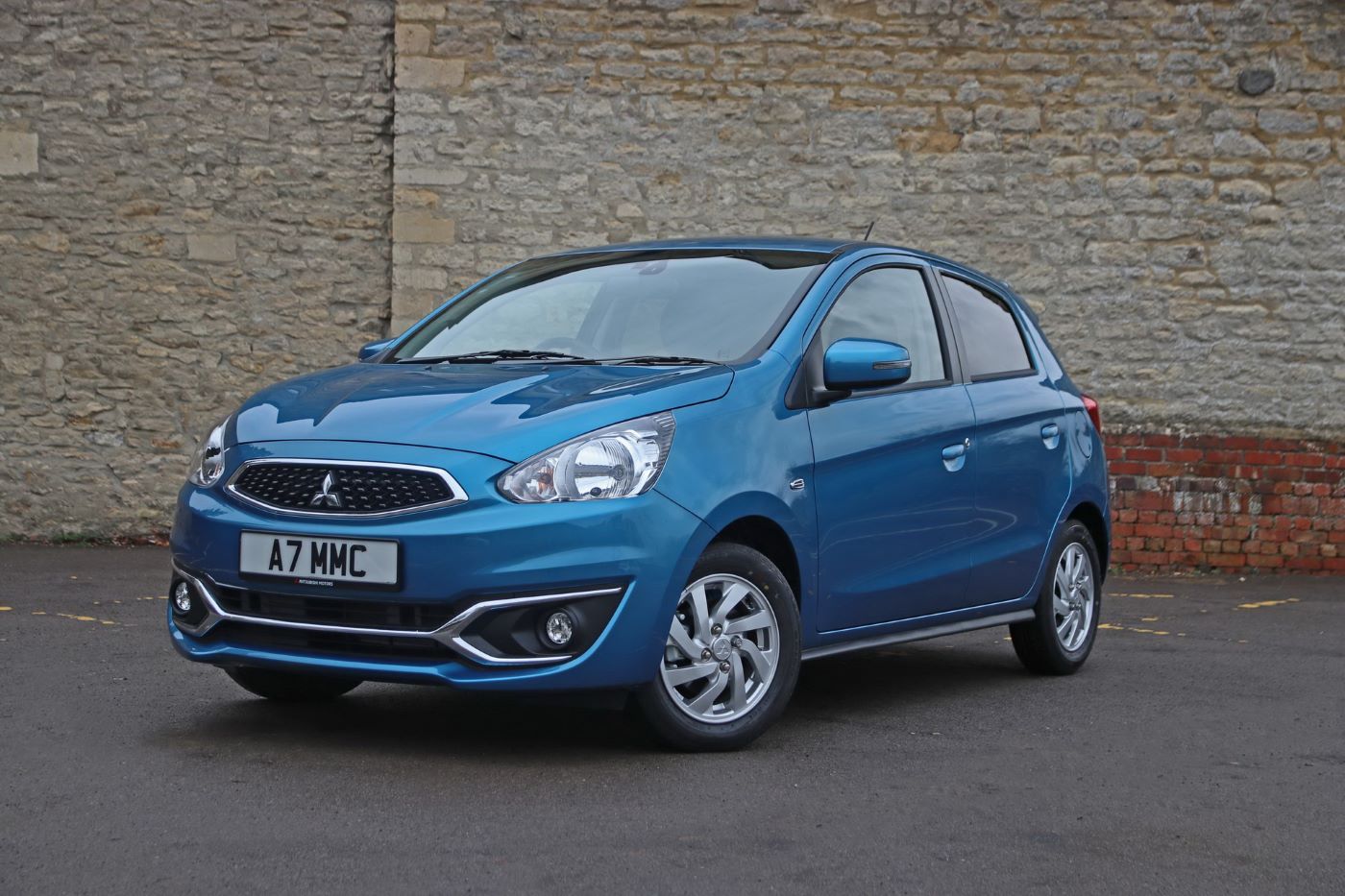In the complex world of car ownership, one of the most critical considerations for buyers, whether new or used, is how well a vehicle retains its value over time. Depreciation, the loss in a car’s market value from the moment it leaves the dealership, is a universal phenomenon that varies widely between models and brands.
Some cars seem to defy the typical depreciation curve, holding onto more than half their original value even after several years, while others lose value at a dizzying rate, sometimes falling below 25% of their initial price in just a few years.
Understanding these dynamics is vital for anyone looking to maximize their investment, minimize long-term costs, or simply make an informed purchase.
Depreciation affects not only the financial aspects of owning a car but also influences buyer behavior and market trends. Vehicles that maintain higher resale values are often regarded as smarter purchases because they reduce the total cost of ownership.
This is especially important in today’s automotive landscape, where new vehicles can cost tens of thousands of dollars, and buyers want assurance that their investment will hold some monetary value when it’s time to sell or trade in.
Conversely, models with steep depreciation can become financial traps, where owners see their vehicles quickly lose worth, leaving them with less equity or difficulty reselling.
Several factors contribute to how well a vehicle holds its value. Reliability stands out as the most influential element. Cars known for durability and low maintenance costs tend to command better prices on the used market.
Brand reputation also plays a significant role; some automakers have built a legacy of quality and dependability that resonates with buyers even years after the initial purchase.
Additionally, vehicle type and market trends impact depreciation: trucks, SUVs, and crossovers generally hold value better than sedans, reflecting shifting consumer preferences and utility demands.
Beyond these general trends, individual model characteristics can sway value retention. Vehicles that offer a compelling blend of performance, comfort, and technology without excessive complexity often strike a balance that appeals to both new and used car buyers.
Conversely, models with limited appeal due to underwhelming driving experiences, poor build quality, or outdated designs tend to depreciate faster. Market saturation also matters; cars that compete in highly crowded segments with many alternatives often struggle to retain value unless they offer something truly distinctive.
This article explores five car models that consistently maintain over 60% of their original value, examining the key reasons behind their resilience. These vehicles often combine reliability, practicality, and a strong fan base, ensuring sustained demand in the used market.
On the other side of the spectrum, we’ll delve into five models whose value plummets to below 25%, highlighting the pitfalls that lead to steep depreciation. By contrasting these examples, readers can gain a clearer understanding of the critical factors influencing car value and apply these insights to future purchasing decisions.
Understanding the depreciation landscape is more than a financial exercise—it reveals broader insights into consumer priorities, engineering quality, and evolving automotive culture.
Whether you’re a first-time buyer, a seasoned enthusiast, or simply curious about the market, recognizing which vehicles retain value and why equips you with the knowledge to navigate the complex world of car ownership more confidently. Ultimately, this knowledge empowers smarter choices that balance enjoyment, cost, and long-term value.
Also Read: 5 Cars That Lock Themselves Instantly and 5 That Stay Vulnerable for Minutes
5 Models That Always Hold at 60%+ Value
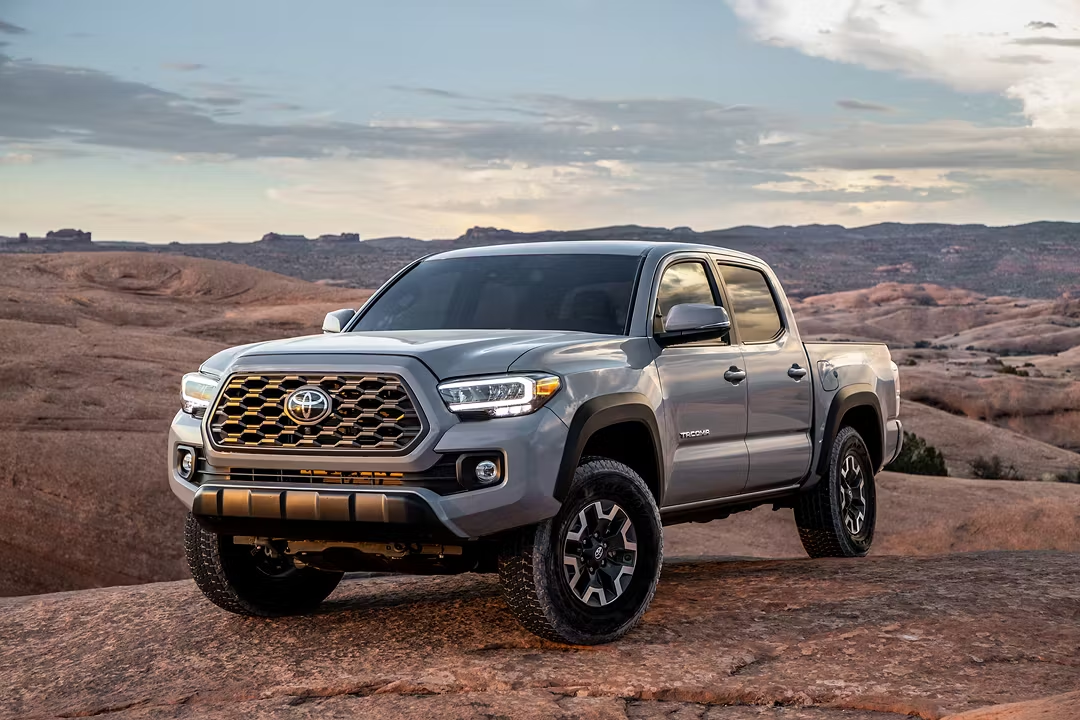
1. Toyota Tacoma
The Toyota Tacoma’s reputation for maintaining its value is almost legendary in the automotive world. Unlike many trucks that lose their appeal once the new-car buzz fades, the Tacoma consistently commands premium prices in the used market. This is largely due to its proven reliability and versatility that spans beyond daily commuting into serious off-road and work-related capabilities.
From contractors needing a dependable workhorse to outdoor enthusiasts seeking an adventure-ready vehicle, the Tacoma caters to a broad spectrum of buyers, which keeps demand high and supply limited.
This imbalance naturally translates into stronger resale prices. It is not uncommon to find Tacomas that are several years old, with high mileage, still fetching over 60% of their original MSRP.
Another crucial factor in Tacoma’s value retention is its manufacturing philosophy. Toyota has been meticulous in building the Tacoma with durable components and simple, robust engineering that stands the test of time. Many other pickups might feature flashy tech or bigger engines, but lack the overall reliability that Tacoma owners have come to expect.
This perception of longevity creates confidence among used car buyers, who view the Tacoma as a “buy once, keep forever” vehicle. As a result, even well-used Tacomas attract premium prices because the cost of ownership over time is significantly lower compared to other pickups.
Additionally, the aftermarket and enthusiast communities play a massive role in supporting the Tacoma’s resale value. The truck has become a favorite for modifications, including lift kits, upgraded suspension, and off-road accessories.
This not only boosts its appeal but also helps maintain a market for used Tacomas that are well cared for and customized. Enthusiasts often seek out older models specifically for their potential as platforms for adventure vehicles, further tightening supply in the used market and pushing values up.
Lastly, the cultural status of Tacoma can’t be ignored. It has transcended being just a pickup and has become a lifestyle symbol for many buyers. Its rugged styling and reputation for dependability resonate with buyers looking for authenticity in a market saturated with mass-produced trucks.
This “cult” status means buyers are often willing to pay more to own a Tacoma, even if that means purchasing a vehicle with higher mileage or cosmetic wear. The Tacoma’s combination of practical value, durability, and brand perception keeps it securely in the ranks of vehicles that hold over 60% of their value well into their lifespan.
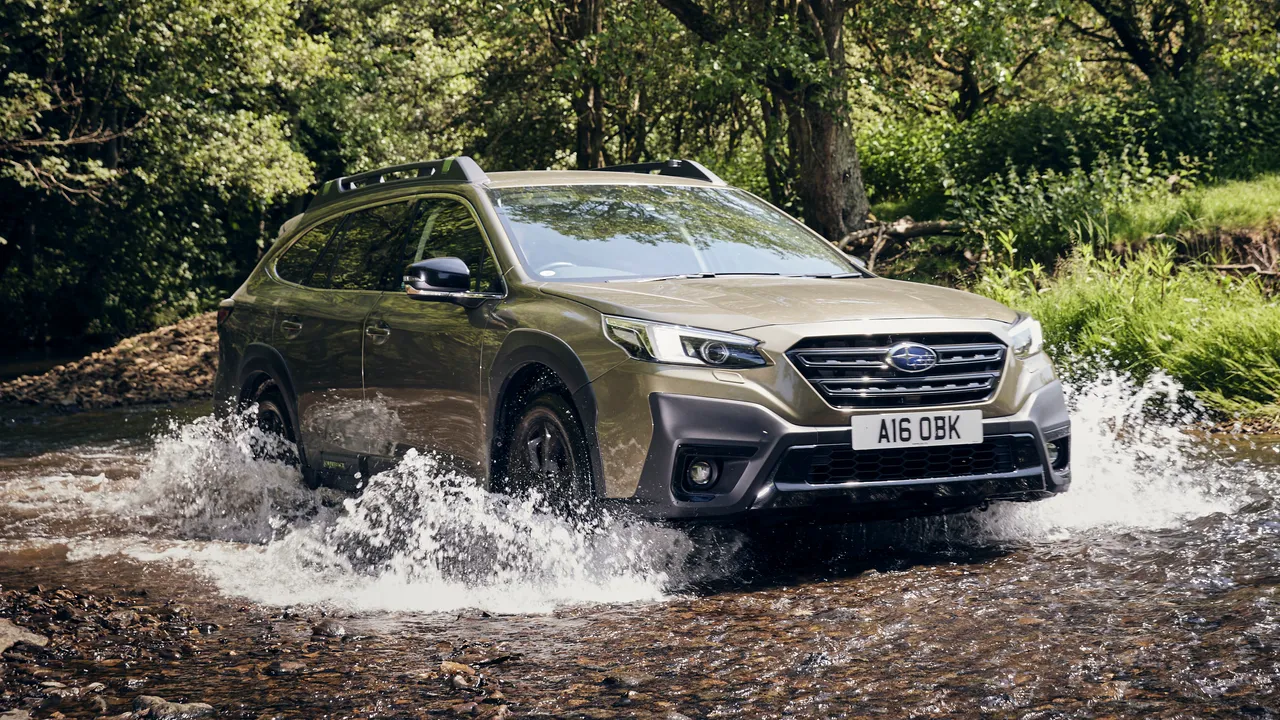
2. Subaru Outback
The Subaru Outback has emerged as a unique blend of practicality and rugged capability that few other crossovers manage to match. Its value retention is bolstered by its ability to straddle the line between car-like driving comfort and genuine off-road utility, a dual identity that appeals to a wide demographic.
Families in snowy or rainy regions appreciate the Outback’s standard all-wheel-drive system, which provides peace of mind and added safety in adverse conditions.
At the same time, outdoor adventurers prize its ground clearance and rugged build for weekend excursions. This broad appeal ensures that used Outbacks consistently enjoy high demand, limiting depreciation and keeping values above the 60% threshold.
One of the significant drivers behind the Outback’s resale strength is Subaru’s unwavering commitment to safety and reliability. The brand has consistently earned top safety ratings, which play a crucial role in maintaining consumer trust over time.
Safety-conscious buyers often look for vehicles with strong crash-test results and advanced safety tech—areas where Subaru excels. This gives the Outback an edge over competitors, especially in the used market, where buyers may be more risk-averse and prefer vehicles with proven track records.
Another aspect is Subaru’s approach to engineering simplicity paired with durability. While the Outback incorporates modern technology, it avoids overly complex mechanical systems that can drive up repair costs or result in reliability problems.
Subaru’s boxer engine layout and symmetrical all-wheel-drive system are designed for balanced performance and longevity. This translates into lower ownership costs and fewer unexpected repairs, which are key factors that prospective buyers consider when evaluating used vehicles.
Moreover, Subaru’s passionate fan base significantly influences the Outback’s market value. Many owners become lifelong brand loyalists, returning to Subaru for subsequent purchases. This loyal customer base often opts to keep their vehicles for longer periods, resulting in a reduced supply of used Outbacks for sale.
When combined with steady demand, this dynamic helps to maintain robust resale values. Finally, the Outback’s versatility—from urban streets to mountain trails—ensures it remains a practical, desirable choice, further reinforcing its strong value retention.
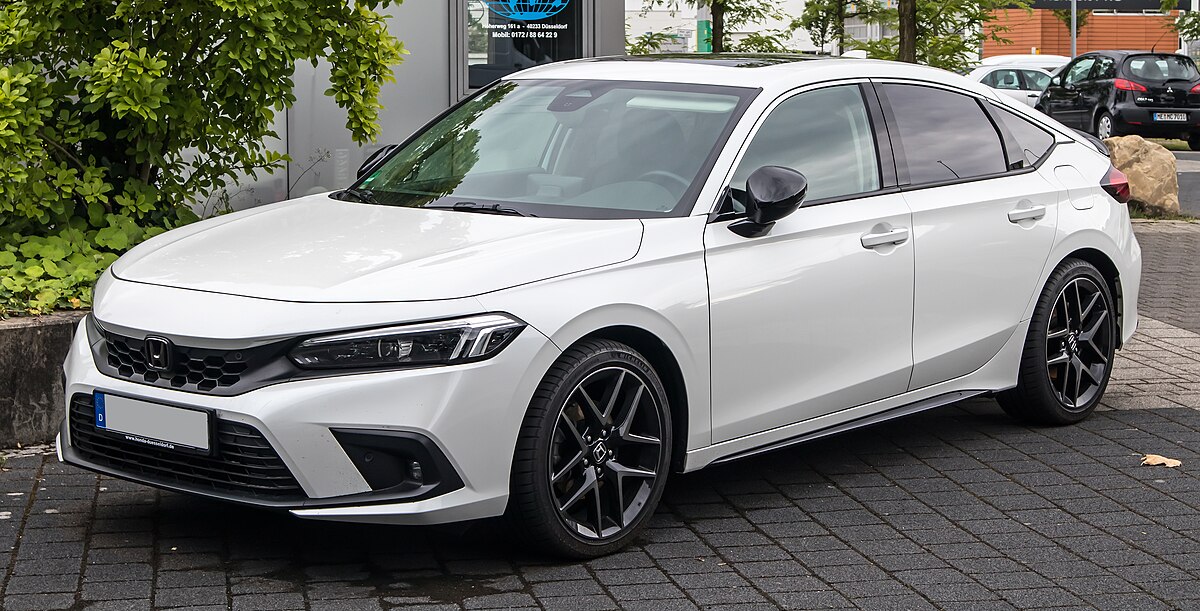
3. Honda Civic
Few vehicles have the enduring reputation and market strength of the Honda Civic. This compact sedan has been a cornerstone of reliable and affordable transportation for decades, making it a familiar and trusted option for millions of drivers. One of the Civic’s primary value-retaining strengths is its exceptional reliability.
Honda’s engineering focus on durable engines and transmissions means that many Civics can surpass the 200,000-mile mark with routine maintenance and minimal major repairs. This longevity creates confidence among used car buyers, who know they are investing in a vehicle that won’t drain their wallets with unexpected issues.
The Civic’s reputation for fuel efficiency also plays a crucial role in its resale value. In an era where fuel prices fluctuate and eco-consciousness grows, the Civic’s consistently excellent miles-per-gallon figures make it an attractive used car.
Buyers looking for economical transportation appreciate that the Civic can deliver low running costs, which makes it a safe bet even several years after purchase.
This efficiency, coupled with low maintenance costs, results in a lower total cost of ownership, bolstering the Civic’s position as a vehicle that holds value.
Additionally, the Civic enjoys a broad appeal that crosses age and lifestyle boundaries. From young drivers seeking their first car to enthusiasts attracted to its tuning potential, the Civic’s versatility ensures strong demand in the used market.
Its robust aftermarket support means that even older Civics can be customized and refreshed, maintaining desirability well beyond factory specifications. This vibrant secondary market helps keep resale values elevated compared to other compacts that lack such community backing.
Finally, Honda’s continuous improvement of the Civic ensures that even older models don’t feel outdated quickly. The company’s focus on blending modern technology, safety features, and a comfortable driving experience means that Civics remain competitive and relevant.
Buyers know they’re getting a vehicle that, even if used, offers solid performance and up-to-date amenities, reinforcing the Civic’s ability to hold onto its value over time.
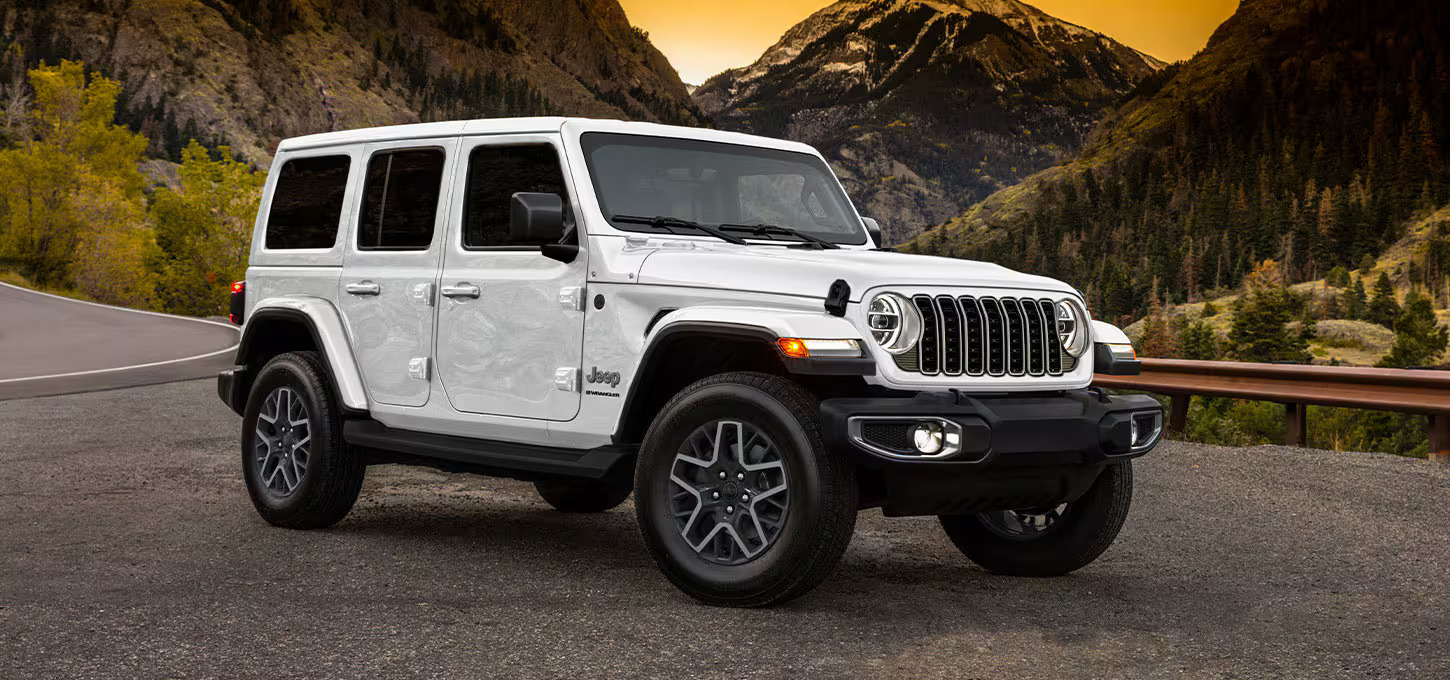
4. Jeep Wrangler
The Jeep Wrangler’s ability to retain value is almost unparalleled in the automotive world. Its unique blend of iconic styling, rugged off-road capability, and cultural significance creates a demand that rarely wanes.
Unlike many SUVs that follow conventional depreciation curves, Wranglers often maintain more than 60% of their value even after many years. This phenomenon is driven by a deep-rooted enthusiast culture and a scarcity of direct competitors offering a similar experience.
One of the key reasons the Wrangler maintains such high resale values is its versatility. It appeals to a wide range of buyers—from hardcore off-roaders to urban drivers who love the open-air feel of a convertible SUV. This broad market appeal helps sustain demand in the used vehicle segment, ensuring Wranglers remain a hot commodity.
The vehicle’s rugged construction and simple mechanical components also contribute to durability, making it a trusted choice for buyers who want a vehicle that can handle anything.
Jeep’s consistent innovation and strong heritage also play vital roles in supporting the Wrangler’s value. The brand has successfully modernized the Wrangler with advanced off-road technology and improved comfort without losing its essential character.
This careful balance of tradition and modernization attracts both new buyers and long-time Jeep fans, who value both nostalgia and functionality. The Wrangler’s recognizable silhouette and off-road credentials create a vehicle that holds more than just its resale price—it holds its place in automotive culture.
Finally, supply dynamics help preserve Wrangler values. Since many owners keep their vehicles long term due to their emotional connection and rugged utility, fewer used Wranglers become available, which pushes prices up due to scarcity.
The strong aftermarket and accessory market also means buyers see Wranglers as vehicles they can personalize, further enhancing desirability and resale value. In essence, the Wrangler’s combination of style, capability, and community support makes it a leader in value retention.
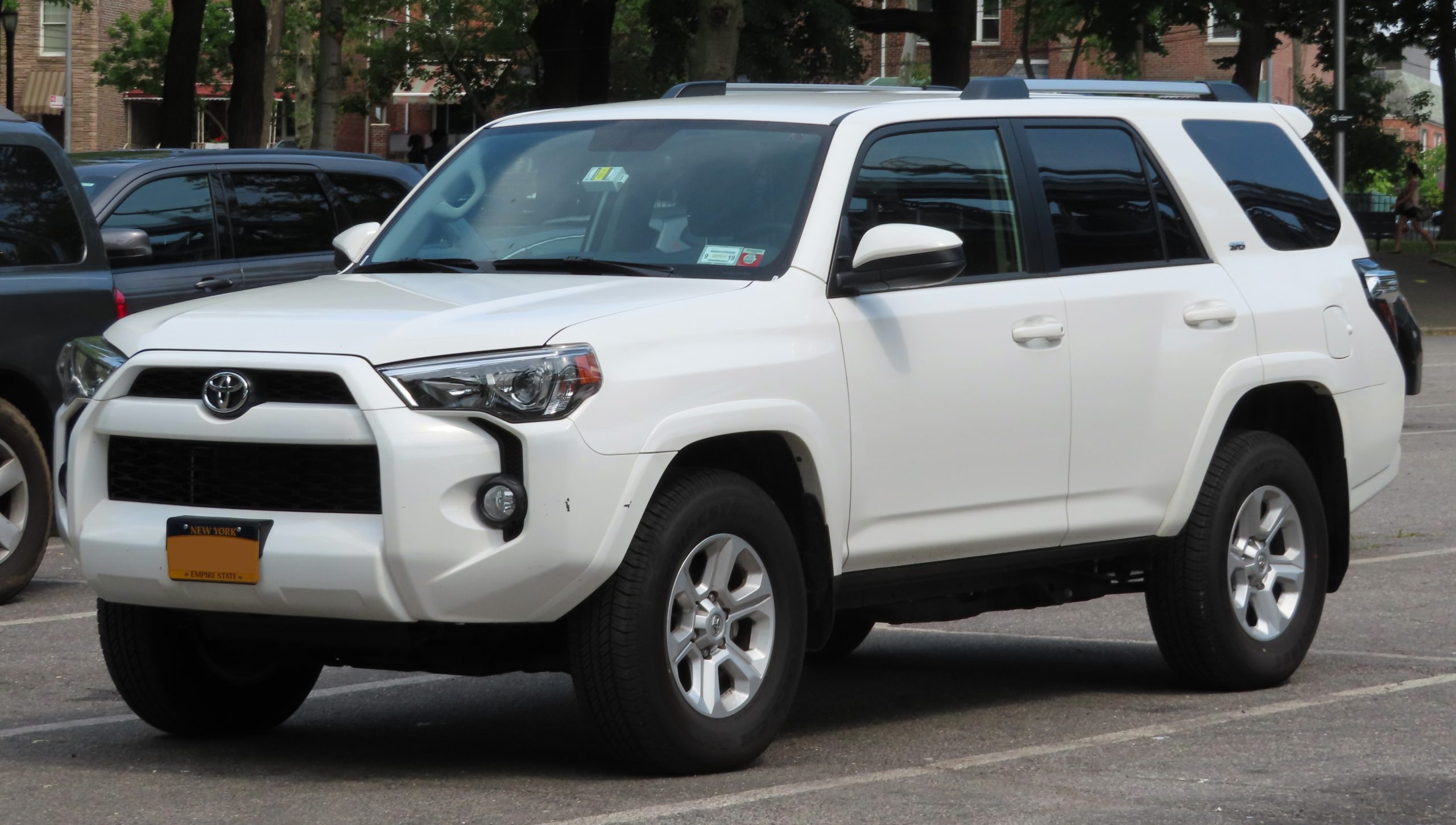
5. Toyota 4Runner
The Toyota 4Runner stands out in the midsize SUV market for its durable construction and strong off-road capabilities. Its body-on-frame design, rare among modern SUVs, gives it the ruggedness that appeals to buyers looking for a reliable, adventure-ready vehicle.
This durability, combined with Toyota’s stellar reputation for quality, means that the 4Runner consistently holds over 60% of its value well into its lifespan, making it a top choice for those wanting to minimize depreciation losses.
A major contributor to the 4Runner’s value retention is its reliability and ease of maintenance. The SUV’s mechanical simplicity, compared to many more complex crossover SUVs, means fewer costly repairs and a longer lifespan.
Buyers recognize that the 4Runner is a vehicle they can depend on in harsh conditions—whether for camping, towing, or everyday use—and this practical appeal maintains demand in the used car market.
Toyota’s reputation for building long-lasting vehicles permeates the 4Runner’s market value as well. The brand’s loyal customer base often seeks to keep their 4Runners for many years, which reduces the number of used vehicles available and sustains higher resale prices.
The 4Runner’s versatility as a family hauler and off-road machine broadens its appeal, attracting buyers who value both comfort and capability.
Lastly, the 4Runner benefits from relatively limited competition in its segment. While many crossovers aim to offer SUV-like features, few provide the same combination of body-on-frame durability and genuine off-road prowess.
This scarcity of true alternatives helps the 4Runner maintain its value. Its practical, no-nonsense design continues to resonate with buyers who prioritize toughness and reliability over flashy tech or fuel economy, securing the 4Runner’s position as a vehicle that reliably holds value.
5 Models That Fall Below 25% Value
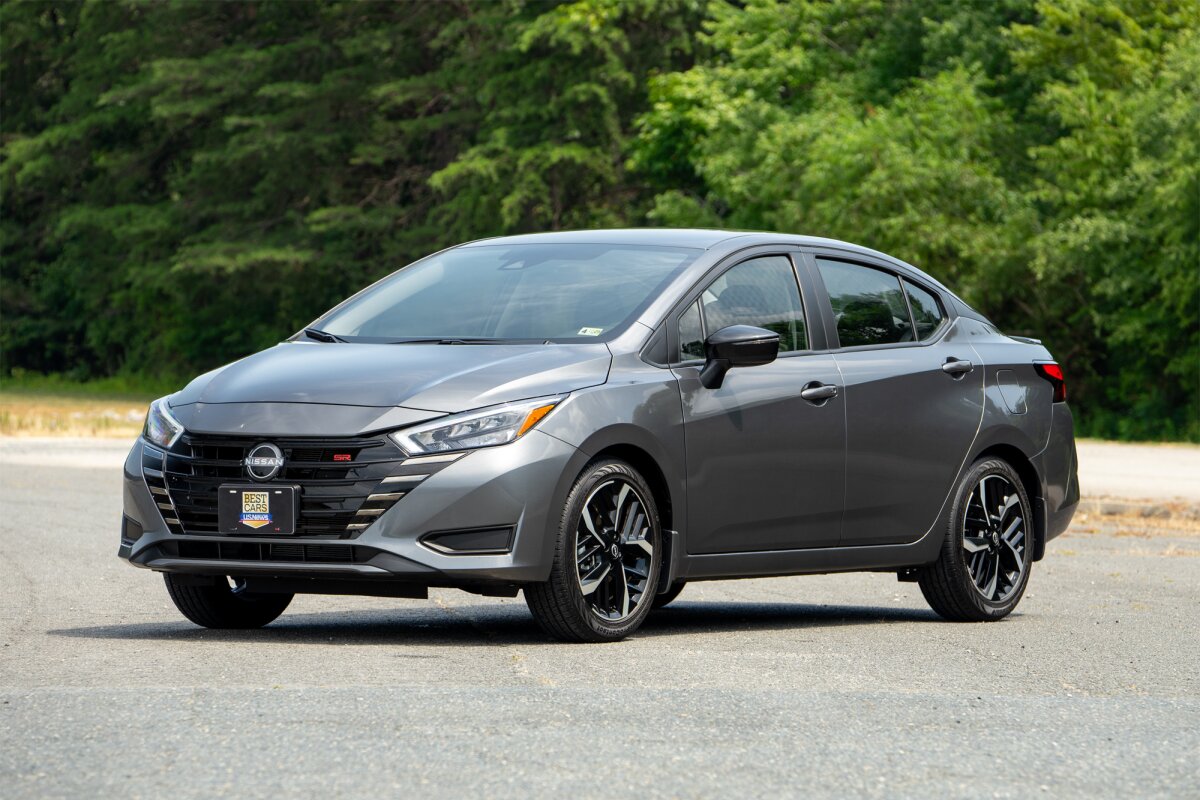
1. Nissan Versa
The Nissan Versa is often cited as one of the most affordable entry-level vehicles on the market, which unfortunately also means it suffers from rapid depreciation.
One of the primary reasons the Versa’s value plummets below 25% of its original price within just a few years is its initial positioning as a budget car with minimal features and modest performance.
While affordability is appealing to first-time buyers or those with limited budgets, it also signals lower perceived value and quality in the long run. Buyers in the used market tend to shy away from vehicles known for bare-bones interiors, limited power, and lackluster driving dynamics, which directly impacts resale value.
Moreover, the Versa has struggled with reputation issues related to build quality and reliability. Though Nissan has made improvements over the years, older generations of the Versa were often criticized for cheap interior materials, subpar noise insulation, and a lack of refinement.
This negative perception influences buyer confidence in the used market, where consumers look for vehicles that will hold up without costly repairs. The higher likelihood of needing repairs or experiencing discomfort while driving further accelerates depreciation, as potential buyers factor in the risks and costs of ownership.
Another factor contributing to the Versa’s steep depreciation is fierce competition in the subcompact segment. The market is flooded with alternatives like the Hyundai Accent, Kia Rio, and Honda Fit, many of which offer better feature sets, improved reliability, and more appealing styling at competitive prices.
This abundance of choices means the Versa must compete aggressively on price, pushing used values downwards as sellers lower asking prices to attract buyers. In addition, Nissan’s marketing efforts for the Versa haven’t been as strong or consistent, which further diminishes its perceived desirability.
Finally, the Versa’s slow depreciation is compounded by a relatively low demand in the used car market. Entry-level cars tend to attract budget-conscious buyers who may prefer used vehicles that offer more value, better features, or better brand reputation.
The Versa often ends up being overlooked in favor of more versatile or better-known models, leaving it sitting longer on lots and reducing resale prices. As a result, the Versa is emblematic of how affordability at purchase can sometimes translate into poor value retention over time.
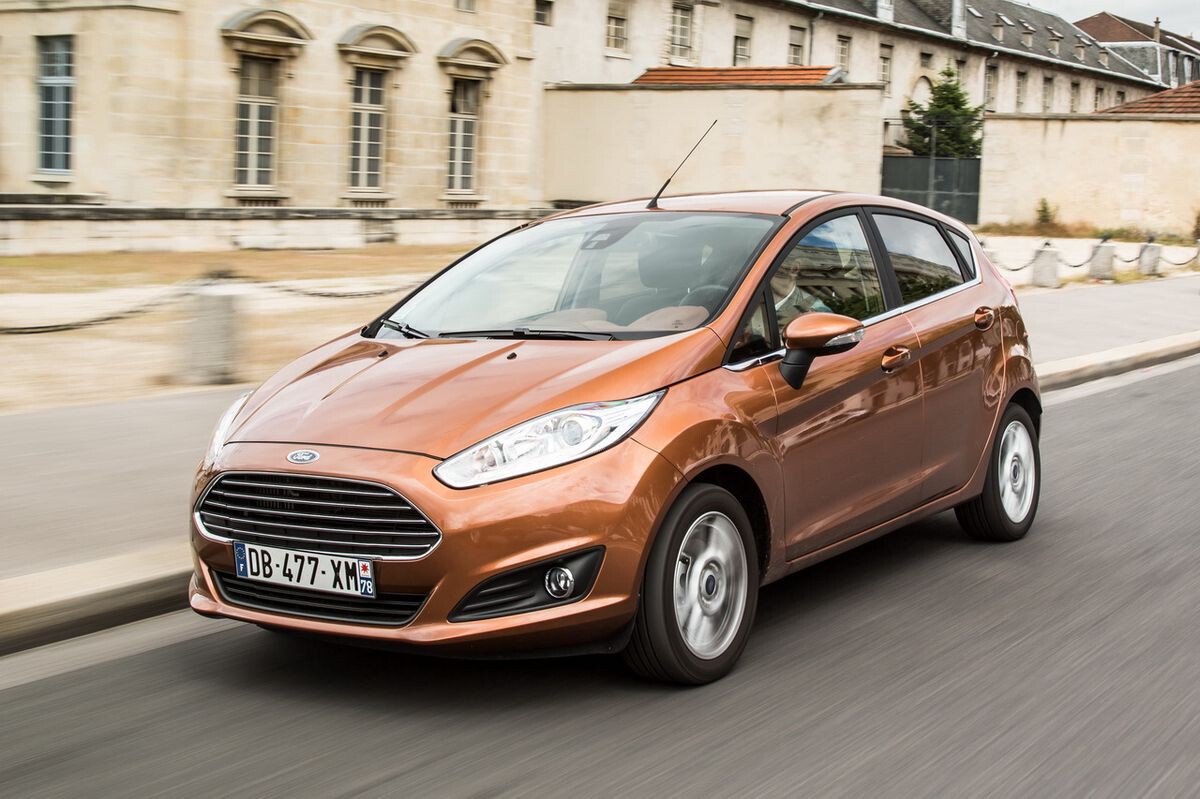
2. Ford Fiesta
The Ford Fiesta, once popular for its nimble handling and urban-friendly size, has seen its resale value tumble dramatically in recent years. One significant reason for this steep depreciation is Ford’s decision to discontinue the model in North America, which casts uncertainty on parts availability and long-term support.
Buyers are generally wary of purchasing used vehicles from discontinued lines due to concerns about future maintenance, repair costs, and resale prospects. This fear leads to a weaker used market demand, directly impacting the Fiesta’s value.
Beyond discontinuation concerns, the Fiesta’s overall performance and interior quality also factor into its rapid depreciation. While praised for its fun driving dynamics when new, many owners report that the interior materials feel cheap and the cabin noise levels are high.
These aspects make the Fiesta less desirable as a used vehicle when compared to rivals such as the Honda Fit or Mazda2, which offer a more refined experience. In the used market, where comfort and quality weigh heavily in purchasing decisions, the Fiesta falls short, accelerating value loss.
Reliability concerns have further contributed to the Fiesta’s poor resale. Certain model years experienced issues with the transmission, particularly the PowerShift dual-clutch system, which were widely reported and led to customer dissatisfaction and costly repairs.
Even though Ford extended warranties and addressed many problems, the stigma persists, making buyers cautious. This wariness reduces demand in the used market and forces sellers to lower prices to compensate for perceived risk.
Finally, the Fiesta faces stiff competition in the entry-level segment from more modern and feature-rich competitors. With newer, more fuel-efficient, and better-equipped small cars on the market, the Fiesta struggles to maintain relevance.
Additionally, as the market shifts toward SUVs and crossovers, small cars like the Fiesta are increasingly viewed as less practical or desirable, further driving down their value. The convergence of discontinuation, reliability issues, and changing market preferences results in the Fiesta’s rapid depreciation below 25% of its original value.
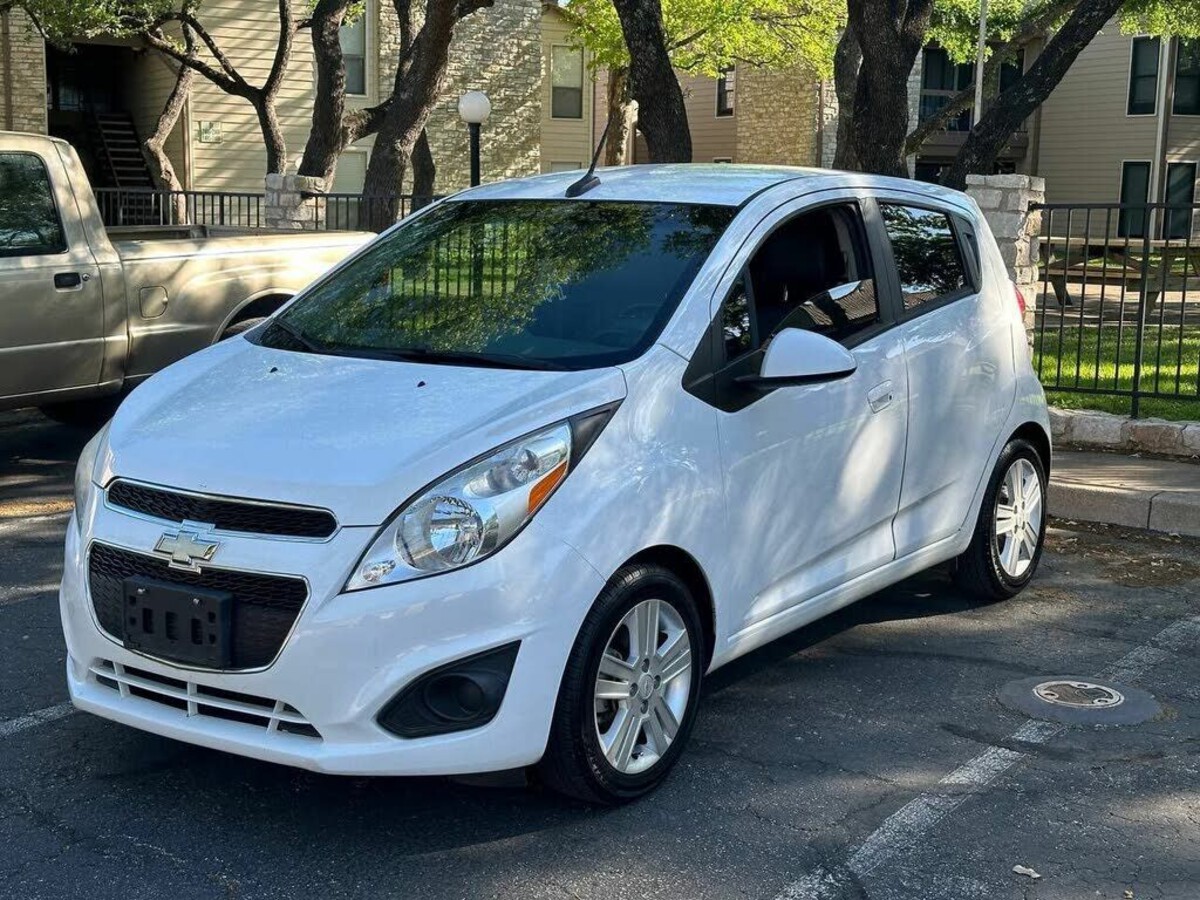
3. Chevrolet Spark
The Chevrolet Spark is among the most affordable new cars available, but that affordability comes at the expense of long-term value retention. The Spark’s rapid depreciation stems from a combination of low brand prestige, minimal features, and subpar driving dynamics that fail to inspire enthusiasm among used car buyers.
While it offers basic transportation, it does not command much respect in the market, which directly affects resale prices as buyers look for vehicles with stronger reputations or better perceived quality.
One of the main challenges for the Spark is its positioning as a barebones city car. The small size and limited engine power make it suitable only for short commutes or urban driving, limiting its appeal.
Additionally, the interior is functional but uninspiring, with low-cost materials and minimal tech features. In the used market, where buyers seek value in terms of comfort, technology, and performance, the Spark’s bare minimum approach significantly hampers demand.
Reliability has also been a concern for some owners, with reports of mechanical and electrical issues in earlier model years. Even though the Spark benefits from General Motors’ warranty coverage, the perception of potential problems diminishes buyer confidence.
The high mileage wear and tear that urban-centric vehicles like the Spark typically endure also accelerates depreciation. Buyers factoring in potential repair costs and reduced comfort often opt for alternatives with better reputations.
Competition from similarly priced subcompact vehicles with superior features, such as the Kia Rio or Mitsubishi Mirage, further exacerbates the Spark’s depreciation.
These competitors offer better styling, more features, and improved fuel efficiency, making the Spark less attractive. Moreover, the Spark’s market niche is shrinking as consumers increasingly favor crossovers and larger vehicles for versatility, safety, and style, driving down Spark resale values to below 25% in a short time frame.
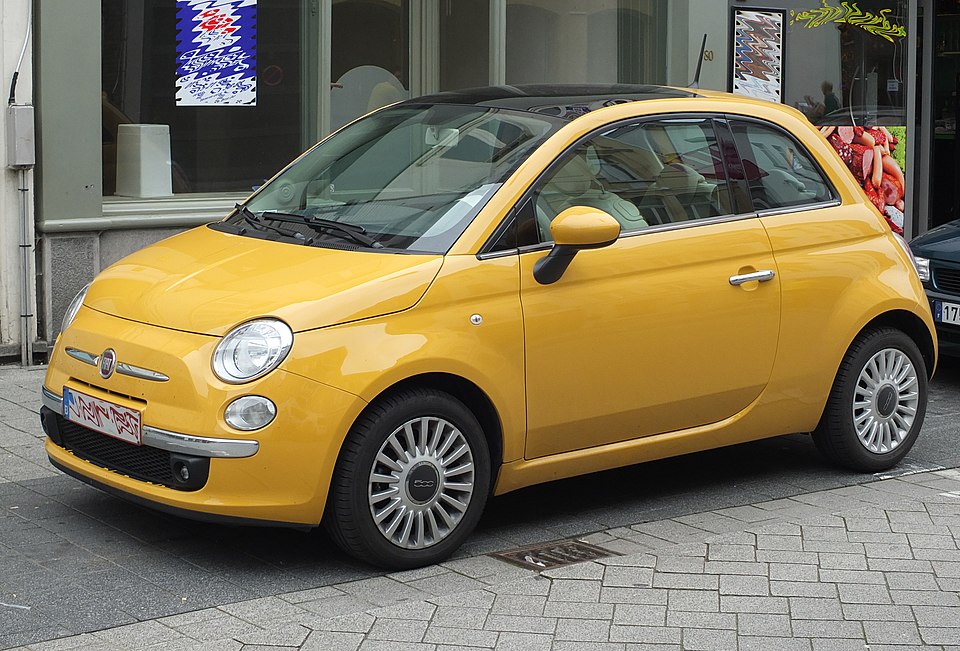
4. Fiat 500
The Fiat 500 has a distinctive charm and retro styling that initially drew buyers looking for something unique in the small car segment. However, this uniqueness has not translated into long-term value retention. The Fiat 500 suffers from rapid depreciation due to a mix of reliability concerns, high maintenance costs, and limited practicality, which make it a difficult sell in the used car market.
Reliability issues have plagued the Fiat 500, with reports of frequent mechanical and electrical failures. These problems have often led to expensive repairs that discourage buyers from paying premium prices for used models. The high cost of ownership relative to competing small cars makes the Fiat 500 less desirable, accelerating depreciation. Additionally, the vehicle’s small size and limited cargo space reduce its appeal to buyers seeking practical daily drivers or family cars, which further narrows the resale market.
Maintenance and repair costs for the Fiat 500 are typically higher than average for the segment. Parts can be expensive or hard to find, especially in regions where Fiat dealerships are sparse. This scarcity and cost factor contribute to a negative ownership experience, causing buyers to shy away from the used market. The perception of ongoing maintenance headaches and potential for unexpected expenses compounds the rapid loss of value.
Lastly, the market shift away from small cars toward crossovers and SUVs has hit niche vehicles like the Fiat 500 particularly hard. While its style attracts a small but dedicated group of enthusiasts, the majority of used car buyers prioritize practicality, safety, and cost-effectiveness over unique aesthetics. This shrinking market interest reduces demand and lowers resale prices. In sum, the Fiat 500’s combination of reliability, cost, and practicality issues results in a steep depreciation curve.
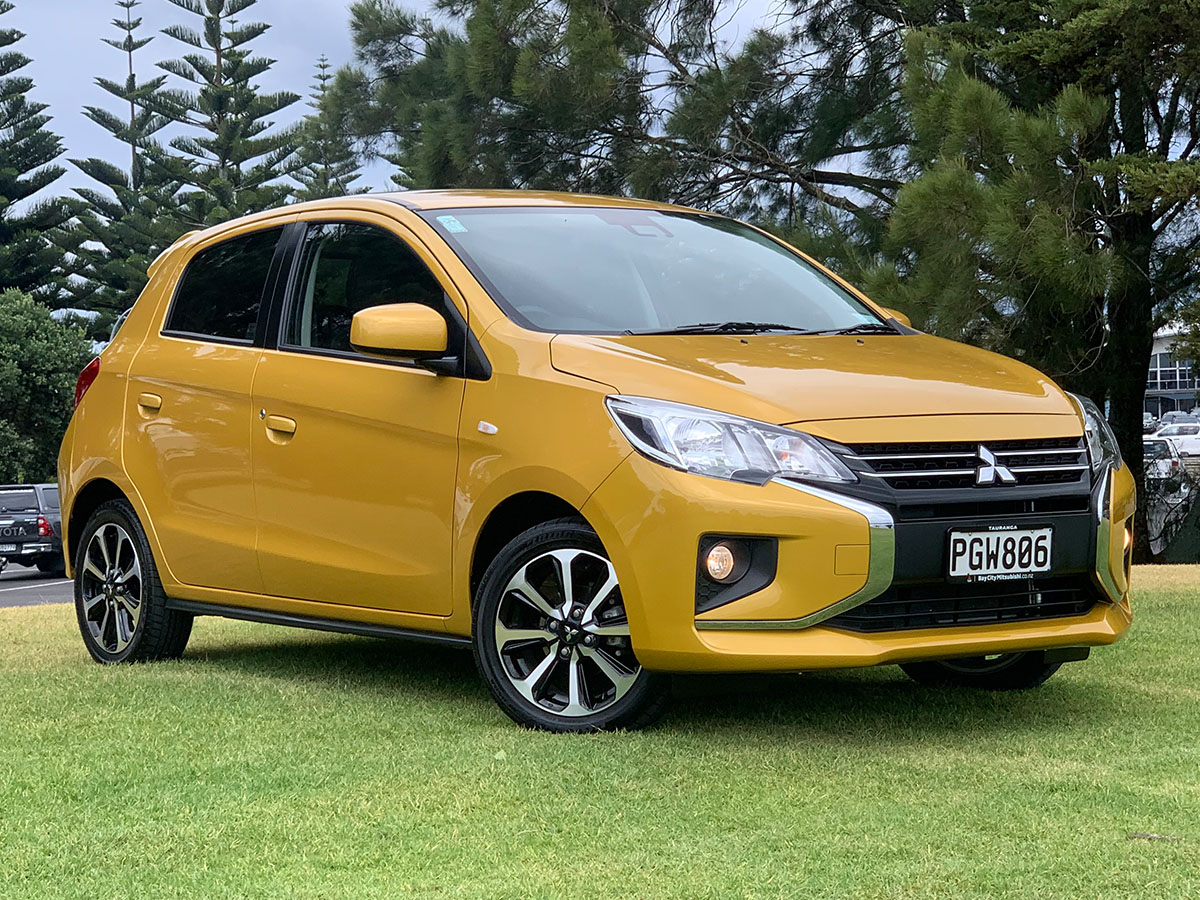
5. Mitsubishi Mirage
The Mitsubishi Mirage is often marketed as a bargain-basement economy car, but this pricing strategy backfires when it comes to resale value. Its aggressive depreciation is driven by a reputation for underwhelming performance, Spartan interiors, and concerns about build quality, which lead many used car buyers to avoid it entirely or offer rock-bottom prices.
The Mirage’s low initial price is offset by its rapid loss of value, meaning it is not a wise investment from a depreciation standpoint. Performance is a key factor in the Mirage’s depreciation woes. The car’s small engine delivers minimal power, resulting in sluggish acceleration and uninspiring driving dynamics.
For many buyers, this detracts significantly from the ownership experience. In addition, the ride quality is often described as harsh, and the cabin is noisy at highway speeds. These factors make the Mirage less competitive against rivals that offer more engaging drives or quieter cabins.
The Mirage’s interior quality and feature content also fall short of expectations. The dashboard and materials feel cheap and outdated, and technology offerings are sparse compared to competitors.
This makes the car less attractive to used buyers who want more modern conveniences and comfort. When paired with concerns over build quality, these shortcomings lower demand and depress resale values.
Mitsubishi’s limited market presence in many regions means fewer dealerships and service centers, which can discourage buyers wary of potential inconvenience and repair costs.
Combined with the global trend favoring larger vehicles, the Mirage finds itself at the bottom of many depreciation charts. As a result, its value frequently drops below 25% of MSRP within just a few years, making it one of the steepest depreciators on the market.
Also Read: 5 Cars With Anti-Theft Ratings Through the Roof and 5 That Are Sitting Ducks
The landscape of automotive depreciation reveals much about the market’s values, consumer preferences, and the enduring importance of quality, reliability, and brand perception.
As we have explored, car models that consistently retain over 60% of their value do so not by accident, but through a combination of factors that include exceptional durability, strong brand loyalty, broad appeal, and practical versatility.
Vehicles like the Toyota Tacoma, Subaru Outback, Honda Civic, Jeep Wrangler, and Toyota 4Runner stand as benchmarks for value retention because they meet critical buyer needs in ways that resonate far beyond the showroom floor.
These models offer owners peace of mind, knowing that their investment won’t evaporate overnight. Their superior reliability reduces long-term ownership costs, while their versatile capabilities—be it off-road ruggedness, fuel efficiency, or everyday comfort—ensure they remain relevant in diverse markets.
Furthermore, active enthusiast communities and aftermarket support add layers of desirability that transcend basic utility. These elements create a cycle of sustained demand and limited used inventory that naturally elevates resale prices.
Conversely, the models that fall below 25% value highlight the challenges facing vehicles that fail to capture lasting buyer confidence. The Nissan Versa, Ford Fiesta, Chevrolet Spark, Fiat 500, and Mitsubishi Mirage exemplify cars hampered by a mix of budget positioning, quality issues, limited features, and shifting market trends.
Many of these vehicles are aimed at the entry-level or subcompact segments, where competition is fierce and buyers have numerous alternatives. Their rapid depreciation underscores the reality that low initial purchase prices don’t always translate into good value retention.
These models also demonstrate how factors like brand perception, reliability concerns, and changing consumer priorities can dramatically accelerate depreciation.
Vehicles plagued by mechanical issues, lackluster driving experiences, or minimal comfort struggle to maintain buyer interest in the used market. Additionally, the automotive industry’s ongoing shift toward SUVs and crossovers has further marginalized many small cars, reducing their demand and resale values.
The contrasting depreciation paths of these two groups emphasize the importance of informed decision-making when purchasing a vehicle. Prospective buyers should consider not only the upfront cost but also the long-term financial implications of depreciation, maintenance, and market demand.
A car that holds its value well offers tangible benefits, including better trade-in or resale returns, lower overall cost of ownership, and often a more satisfying ownership experience. In a broader sense, this comparison sheds light on how the automotive market rewards vehicles that balance quality, practicality, and brand strength.
It also reveals the risks involved in buying vehicles that prioritize low price points at the expense of reliability or desirability. For consumers, this knowledge is empowering—it encourages a shift away from purely price-driven decisions toward those that value long-term satisfaction and financial prudence.
Looking ahead, the principles governing depreciation will continue to evolve as new technologies, electrification, and shifting mobility preferences reshape the industry.
However, the core traits that define vehicles with strong value retention—reliability, versatility, brand loyalty, and practical appeal—are likely to remain relevant. Buyers armed with this understanding can navigate these changes more confidently, making choices that serve their needs today and retain value into the future.
In conclusion, whether you prioritize rugged durability, fuel efficiency, or cultural cachet, recognizing which car models hold their value and why is key to making smarter automotive investments.
By learning from the successes of models like the Tacoma and the challenges faced by cars like the Versa, you can better position yourself for ownership satisfaction and financial stability in the ever-changing world of automobiles.

